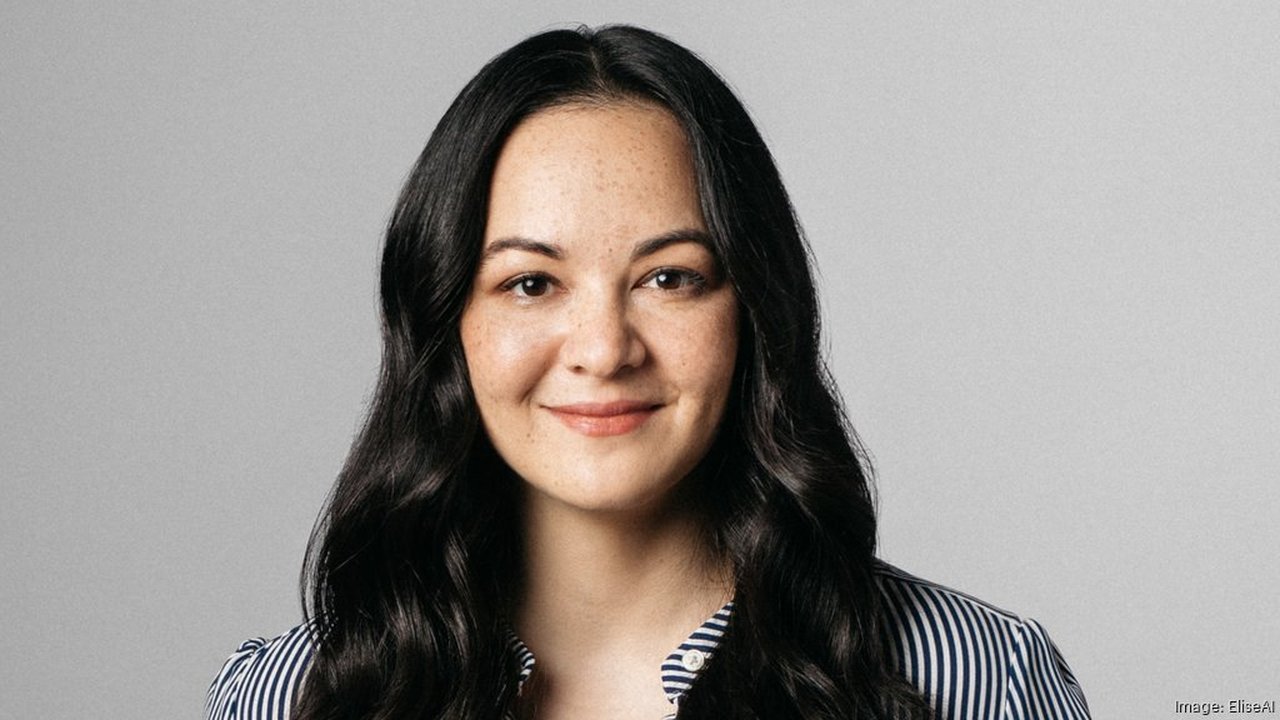Working with early-stage founders, pitches still in the ideation stage usually ask for $2M to build the product. Ones nearing an MVP often ask for $5M to bring the product to market. Most investors will not reply to those requests or respond with that catchall answer — sorry, too early. So the founders keep pitching more and more investors, not understanding the problem isn’t the investors; it’s the size of their raise.
Also See: China’s Instagram Rival App Lemon8 Ranks Among Most Downloaded Apps in the US
The amount depends on the startup’s valuation, not how much it needs

I don’t want to be a jerk and burst your bubble. But I want you to succeed. So I find myself hemming and hawing and um’ing and grimacing before taking a deep breath and saying, “Well…that raise might be…uh…challenging.” I’m tempted to use the word impossible, but that’s not always true. If your last startup made a billion dollars for a16z, you could have as much money as you want.
If your dad is golfing buddies with Tim Draper, then sure, $2M to get off the ground is nothing. If you used to be the CEO of DeBeers, gathering the funds to create a jewelry startup should take roughly an hour. For the other 99.999% of us, raising $2M pre-MVP or $5M pre-revenue will be challenging. Sorry, Charlie. So let’s talk about what you can realistically raise and when.
How Much Can You Raise at Each Stage?

Based on hearing thousands of pitches and investing in 100 startups, these are the sweet spot for raises in each round, at least among my community of angel investors and small VC funds.
Friends and Family
Pre-Seed
Seed
Series A
These are only rough guidelines. Your mileage may differ. Actual valuations and raises depend on the details: team, market size, growth rates, industry sector, and location. Startups in life sciences have different milestones and stages. Valuations and raises are higher in Silicon Valley.
Why Can’t I Raise More?

Wouldn’t it be great if you could raise as much as you need right at the start and didn’t have to spend the next 5 years constantly begging for money? But nobody wants to give you that kind of money until you’ve proven yourself by reaching a series of milestones. As you clear each hurdle, the valuation of the company jumps and with it, the amount you can raise. A good rule of thumb is that at each stage, you can raise 10% — 20% of the valuation.
If you try to raise more than that, investors become concerned with how much skin you have in the game. If we put in, say, $4M on an $8M valuation, that leaves the founders with only 50% of the equity (assuming no prior rounds.) Another 20% of the equity goes to employee stock options, leaving founders with only 40%. If there are 2 founders, that’s 20% each.
If this is the only round the company will ever need to raise, each founder having 20% of the equity would be okay. But if there will be a seed round, then a Series A and a Series B, maybe even a Series C, D, and E, the founders get diluted further every time. Why should greedy investors care about the founders not having enough equity? Because venture capital only works if the founders’ and investors’ interests are aligned in reaching a big exit so everyone gets a huge return. If the founders aren’t focused on that huge return, instead of working for ramen wages, they’ll be tempted to leave.
Even if founders could guarantee they were all-in for the next 10 years, there are many other risks. Rather than putting in $5M at the beginning, investors would rather put in $500K now. Once the company reaches the next milestone, it can invest $1.5M. At the following milestone, they can invest $3M. As the company progresses, the risk goes down, the valuation goes up, and so do the investment dollars.
This traunching of investment reduces the risk for investors. For example, it’s better to invest $500K in 10 companies instead of one at $5M, especially at the earliest stages. And though it may not feel that way as you struggle with a limited budget, it’s actually better for you to raise as little as possible at each stage. The first money is the most expensive money — the less you take when the valuation is low, the less of your business you give up to investors.
Instead of trying to raise a large amount from the start, you come out ahead if you raise only the amount you need to get to the next milestone. The amount you should be asking for is not how much you need to build the business but the minimum you need to reach the next major milestone in 12–18 months. Is that enough money to do everything you want? Almost certainly not.
You’ll have to scrimp, save, be smart about spending money, hire as few people as possible, and be laser-focused on getting things done. You’ll have to prioritize what is essential over what is incredibly useful. You’ll have to move as quickly as possible to reach that next milestone that opens the door to the next tranche of funding. But in the end, the company will be stronger for it. And you’ll come out ahead when you reach that exit at the end of the road.
Source: medium.com





No comments yet for this news, be the first one!...